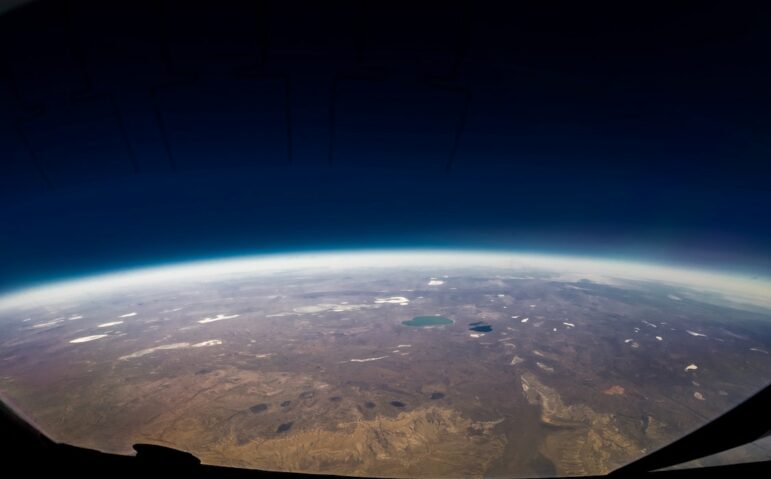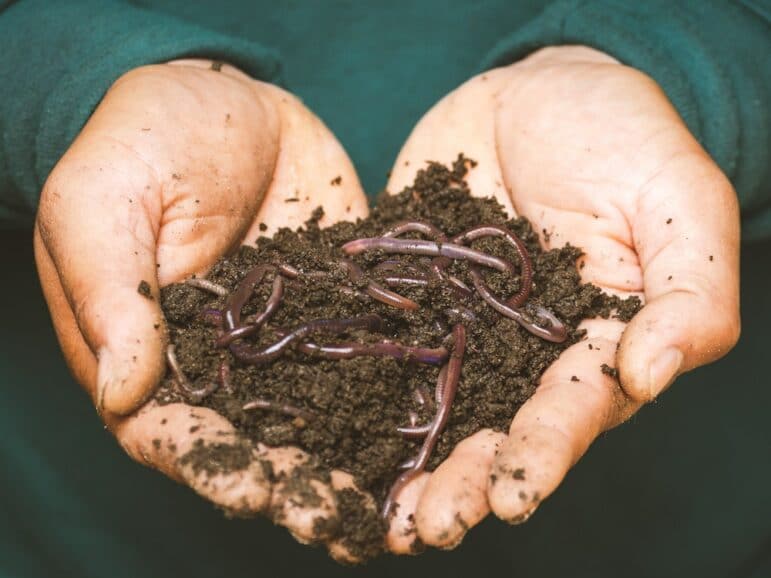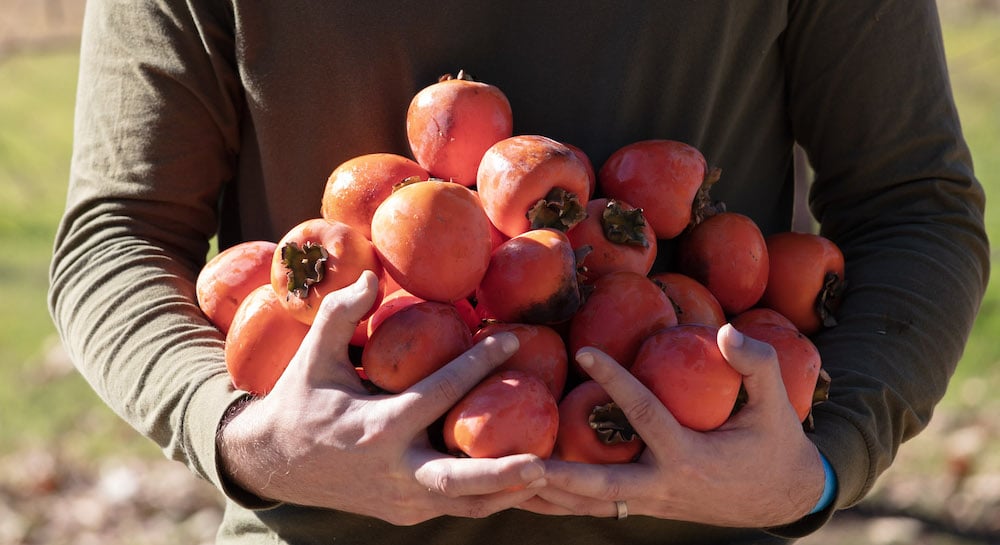We know that food waste is a big problem—40% of the food we produce is never eaten—and we know it’s not good for our planet. Wasted food contributes to climate change in a number of ways, by using up resources like the land, water, and fertilizer it takes to grow food, and the energy needed to transport, process, and store food that is never eaten! Food waste also contributes to climate change when it ends up in landfills, which is what we’ll be exploring today.
The EPA reports that food is the biggest type of material in our landfills—contributing to 22% of landfill waste. So, why is all this food in landfills such a big problem? Well, despite the fact that all this food had the potential to be, well, food and nourishment for people, food waste in landfills creates methane. When food decomposes naturally, like in composting, microorganisms eat the organic material and break it down through a process called aerobic respiration. In this process, oxygen is an input and carbon dioxide is an output—similar to humans breathing in oxygen and breathing out carbon dioxide. But wait, isn’t carbon dioxide a greenhouse gas that’s responsible for climate change? Yes, it is—but compared to methane, it is far less harmful. (More on that later.)

When we put our food in landfills rather than in compost piles, for the first few months it undergoes aerobic decomposition, which creates very little methane. But within a year, anaerobic conditions in the landfill are established, and bacteria decompose the waste and produce methane as a byproduct. Methane is often described as more “potent” or “powerful” than carbon dioxide as a greenhouse gas. The “power” of a greenhouse gas to produce global warming is characterized by a number of qualities outlined by the EPA: concentration, longevity, and strength. So, let’s break down those elements for carbon dioxide and methane.
Concentration is the amount of a particular gas in the atmosphere. Carbon dioxide is the most concentrated gas in our atmosphere, as it makes up about 80% of greenhouse gas emissions, while methane contributes about 10%. Next is longevity, or how long the gas remains in the atmosphere. Carbon dioxide has a high longevity, and can stay in the atmosphere for 300 to 1,000 years. Some carbon is absorbed back into our earth’s carbon sinks, like the ocean, soil, and wetlands, but because humans have created such an imbalance in the carbon cycle, most of the carbon dioxide we produce stays in the atmosphere. Methane, on the other hand, typically stays in the atmosphere for about 12 years, much less time than carbon dioxide. Now we get to strength, or warming potential—essentially, this is a measure of how effective a greenhouse gas is at trapping heat in our atmosphere. Here is where methane beats carbon dioxide: methane is about 28 times more powerful than carbon dioxide at creating warming over a 100-year timescale, and over a 20-year timescale, it’s over 80 times more powerful than carbon dioxide.

So, even though there is less methane in the atmosphere, and it doesn’t stay in the atmosphere as long, it traps a lot of heat, contributing to a significant amount of warming. This is why, even though composting does produce some carbon dioxide, it’s much better for our planet than the methane produced when food rots in landfills. Compost also contributes to healthier soils that can retain more water, are less likely to erode, and have improved soil biology. These factors all make the soil more effective at sequestering carbon dioxide. In this way, the carbon dioxide released and then sequestered by the composting process is part of the natural fluxes of the carbon cycle. Food in landfills, however? It’s unnatural, contributes significantly to warming caused by methane emissions, and takes up space on our earth that could be used for much better things.

So, this Earth Day, we encourage you to take a look at your food waste—and specifically how much food you are sending to the landfill. See if there is a composting service or facility near you, like LA Compost in Los Angeles County. The best solution? Wasting less food overall, by preventing food waste at the source or donating your surplus food. Check out our other blogs for tips and tricks, and learn about donating produce to Food Forward.

